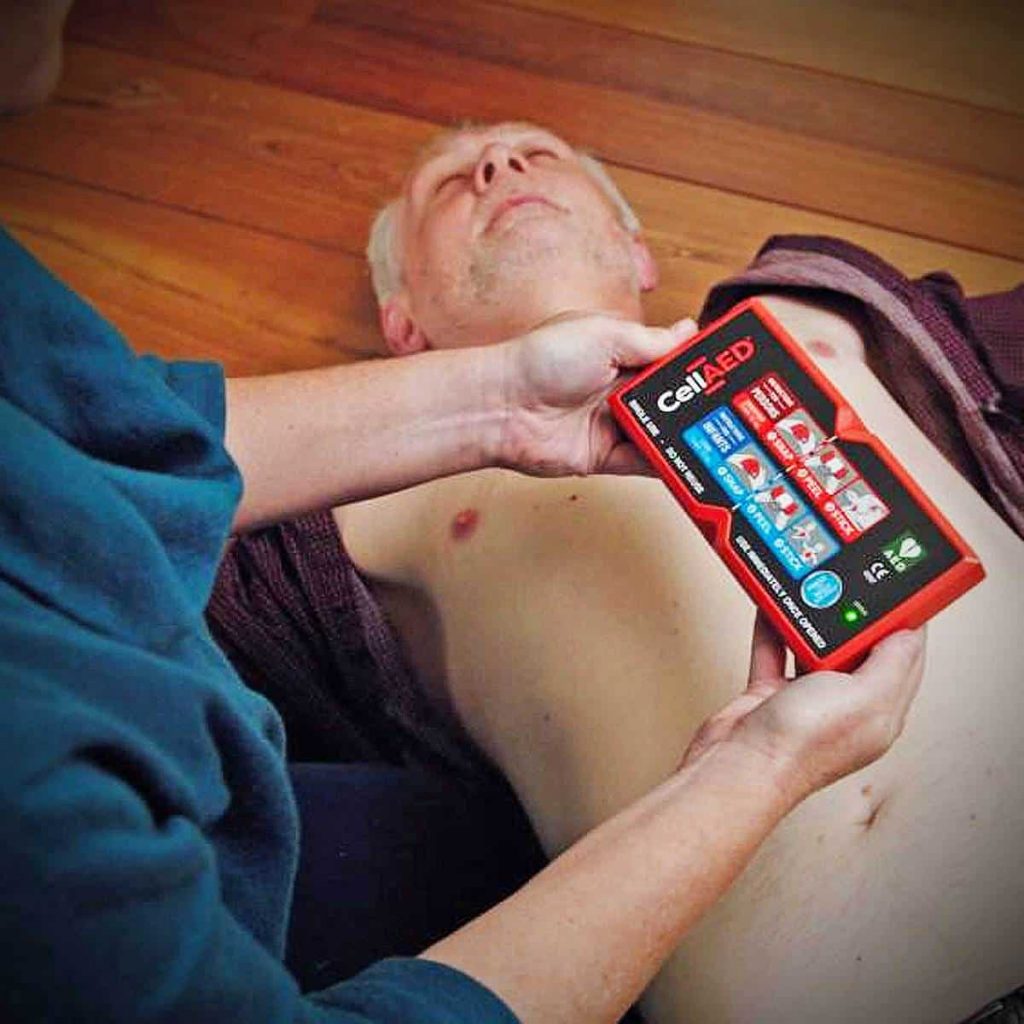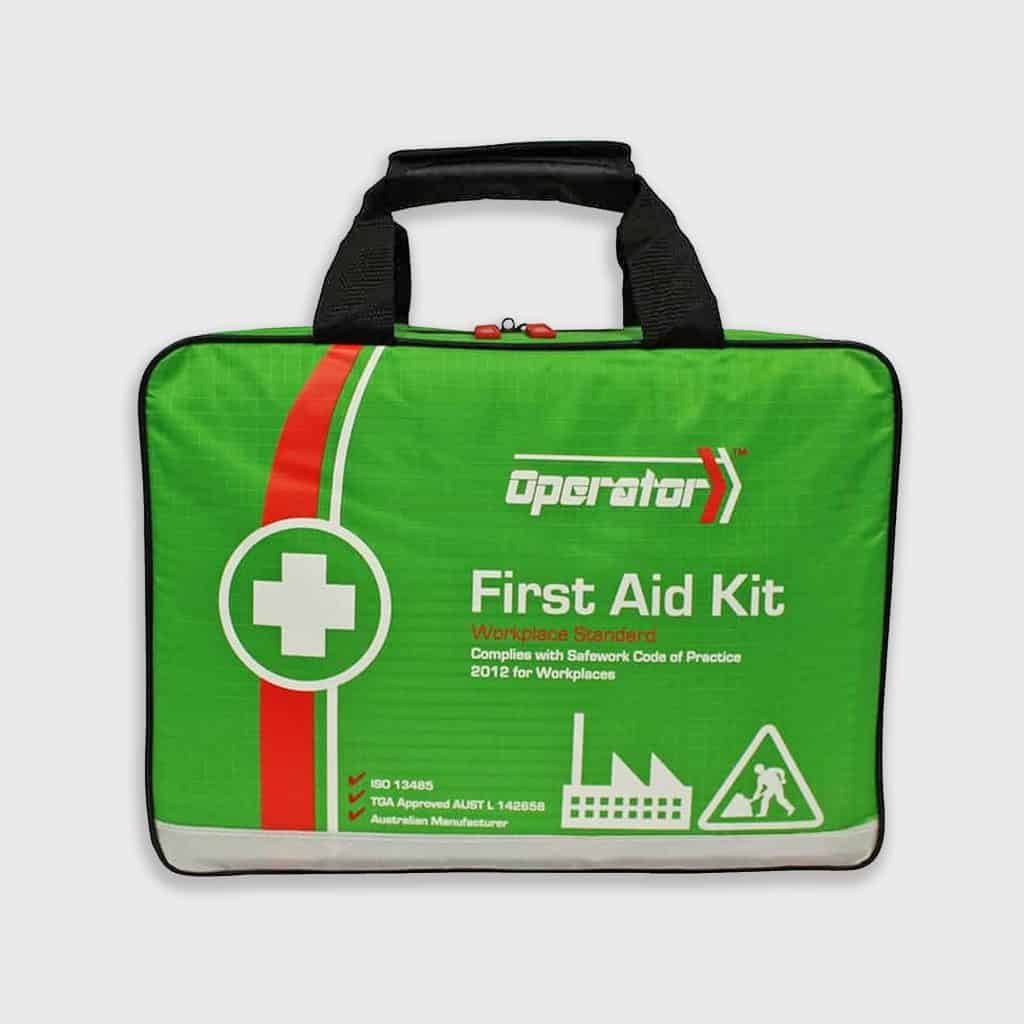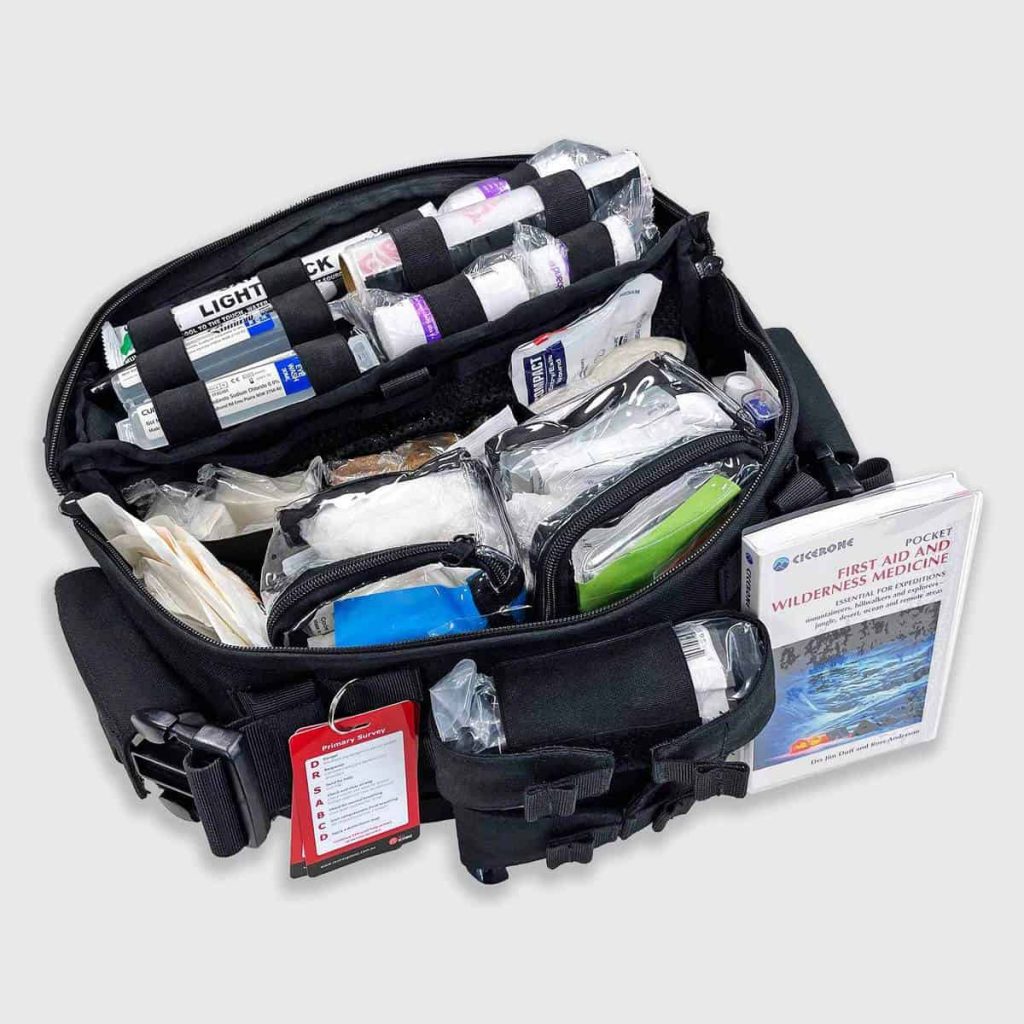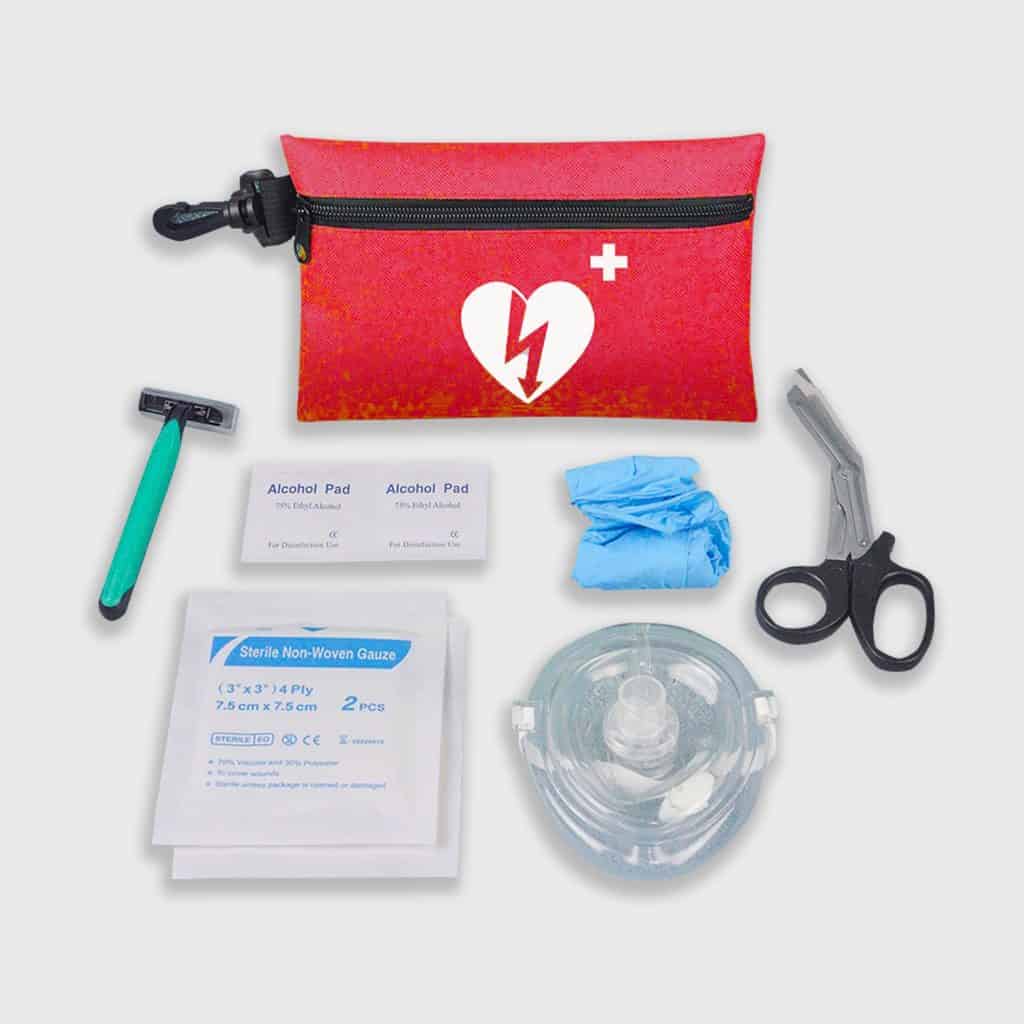Originally published on the 15th March 2017
1) It’s too expensive:
Simulation training has evolved from the military, airlines and health, and often the benchmark for simulation training is a F-35 Joint Strike Fighter or a 747 simulator. Therefore, I completely understand why it may be seen as unaffordable for most companies. However, the reality is simulation does not need to be so expensive
If you want a helicopter to hover above the trainee’s heads to add realism, then obviously the cost will be prohibitively high. However, there are simpler ways to create a realistic environment for a cost that nearly any organization can afford. All that is needed is an imaginative and innovative mind.

2) It’s too hard:
A common response I hear from potential customers is that simulation training is too hard to organize. It takes too much time, the logistics are too complicated and there are too many potential dangers. My response is that it is only as hard as you make it. We recently pitched to a company to deliver a range of security simulations that would require around 4 hours of prep work and the rest would be done on the day. However, the client chose to spend hours planning each of the simulations meticulously. Although I am confident that this lead to an improved result, I question at what cost?
In this situation, if we had run our more spontaneous style of simulations, I believe they would have been nearly as effective as the simulations that were planned with countless hours of work. This meticulous planning quickly increases the costs and complexity of the simulations, and in some cases prevents this form of training going ahead.
Although highly coordinated drills have their place, it is my belief that regular, small-scale simulations are more effective than infrequent, large-scale simulations.

3) It’s only for large companies:
Simulation training can cost millions of dollars or hundreds of dollars. Simulation is not only a methodology but also a way of thinking that can be incorporated into nearly every setting. An example of this is simulating sales calls or running a tabletop simulation for disaster and crisis preparation. Regardless, simulation is a much more effective methodology than traditional training and leads to much better results.
In summary, simulation is not restricted to the big boys and girls but accessible for anyone with an innovative mind and willingness to disrupt their current training methodology.
Written by Benjamin Krynski, Co-Founder and Director of Training at Real Response. Ben also sat on the Committee for Human Dimensions in Simulation at Simulation Australiasia from 2015-2019.




